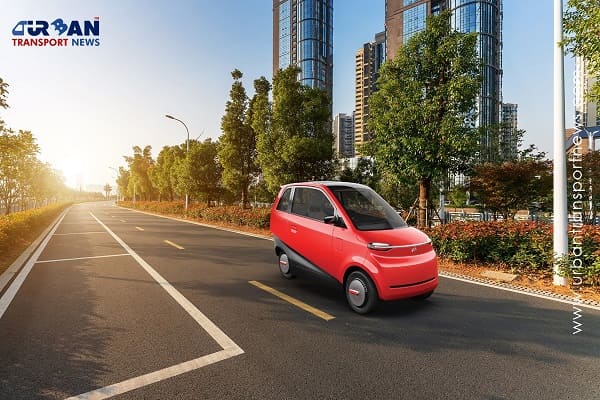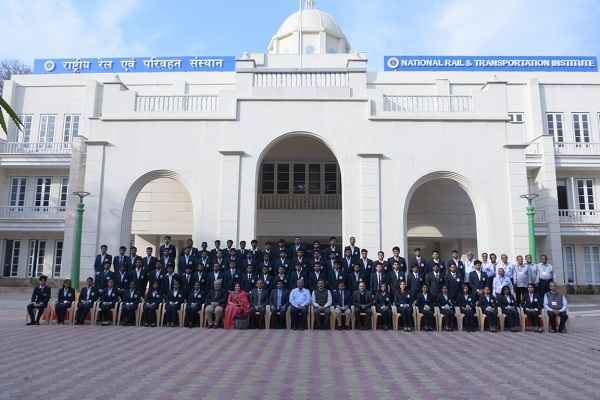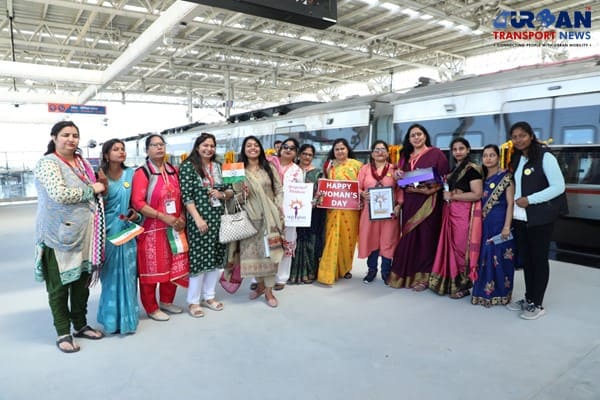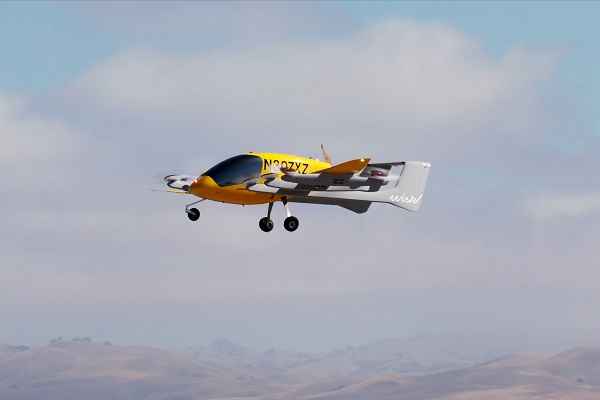 IndiGo to launch Urban Electric Air Taxis between Delhi to Gurugram
IndiGo to launch Urban Electric Air Taxis between Delhi to Gurugram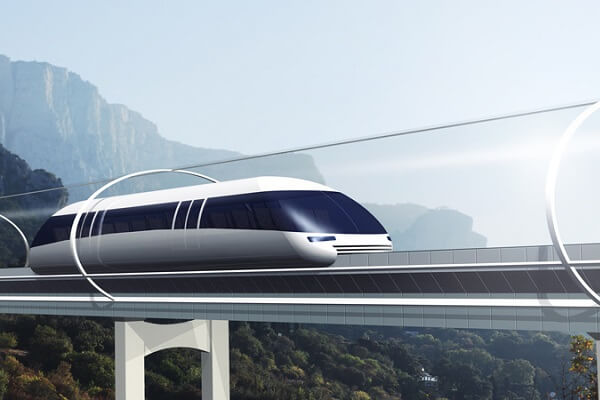 Swisspod secures Strategic Investment to advance the Hyperloop Transportation
Swisspod secures Strategic Investment to advance the Hyperloop Transportation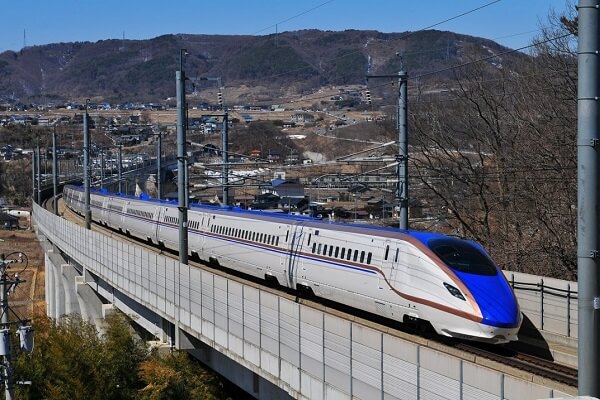 Siemens Mobility revolutionizes Copenhagen's S-bane Network with Driverless Technology
Siemens Mobility revolutionizes Copenhagen's S-bane Network with Driverless Technology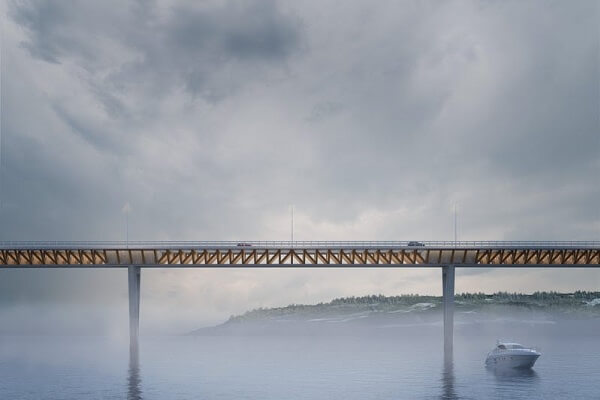 Unlocking prosperity between India and Myanmar: The Kaladan Multi-Modal Transit Project
Unlocking prosperity between India and Myanmar: The Kaladan Multi-Modal Transit Project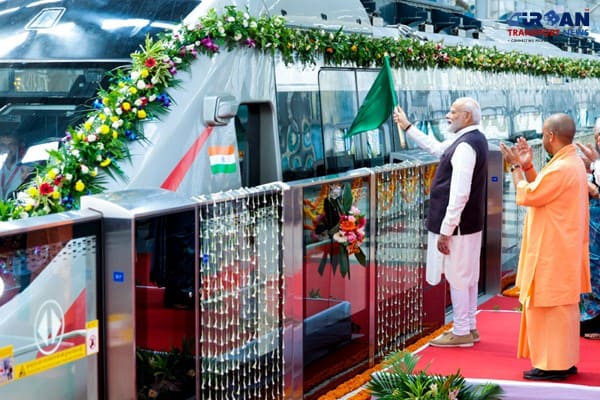 Is the RRTS Truly Accessible to the Common Man or Only the Privileged?
Is the RRTS Truly Accessible to the Common Man or Only the Privileged?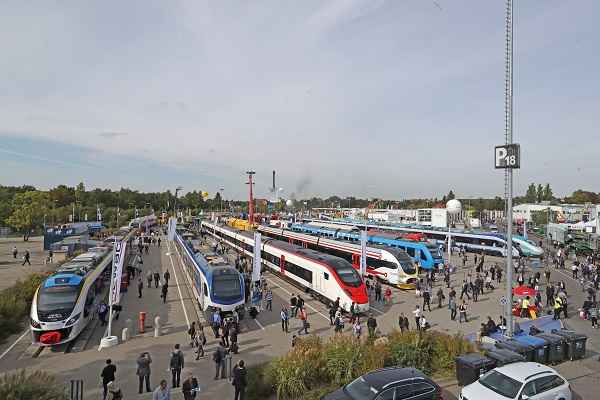 Alstom sold its Rail Signalling Technology Business to Knorr-Bremse for €630 million
Alstom sold its Rail Signalling Technology Business to Knorr-Bremse for €630 million Vensa Infrastructure wins ₹412.58 crore civil contract for Hisar Airport
Vensa Infrastructure wins ₹412.58 crore civil contract for Hisar Airport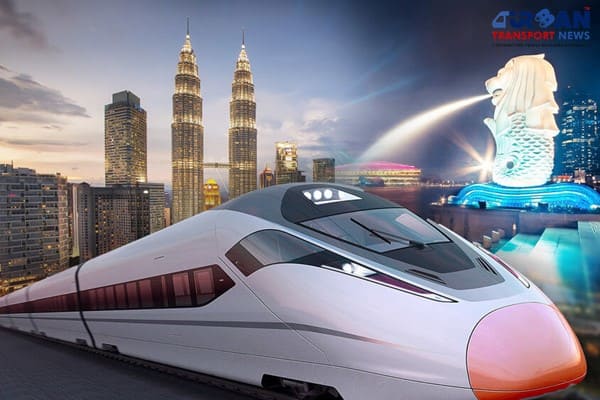 Kuala Lumpur-Singapore high-speed rail project cost could be slashed to RM70 Billion
Kuala Lumpur-Singapore high-speed rail project cost could be slashed to RM70 Billion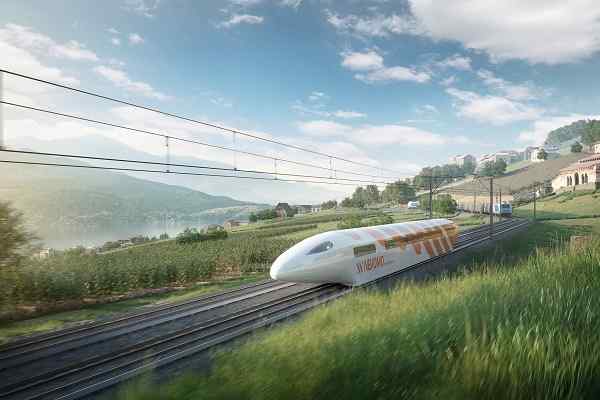 Nevomo's MagRail Technology Selected for Hyperloop Freight Demonstrator
Nevomo's MagRail Technology Selected for Hyperloop Freight Demonstrator Russia signs deal to procure bullet trains for Moscow - St. Petersburg high-speed line
Russia signs deal to procure bullet trains for Moscow - St. Petersburg high-speed line
Why transit-oriented development is crucial to India’s public transportation?
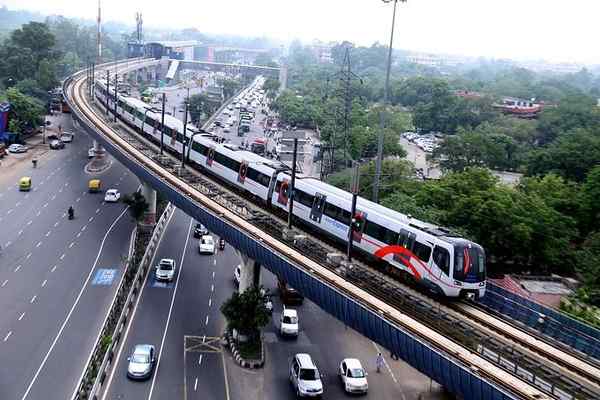
Transit-oriented Development (TOD) is a strategic planning intervention and financial instrument for sustainable development and decarbonising commuter travel.
The transport sector accounts for 13% of India’s energy-related CO2 emissions. Efforts to decarbonise the commuter movement in Indian cities are critical to achieving the bold commitments made by India during the COP-26 summit and accruing health benefits to the citizenry. For 2022–2023, the Government of India has reserved more than Rs. 76,000 crore for the development of urban areas, and nearly 31% of this is being invested in creating metro-rail infrastructure in cities across India. With an aim to decongest and reduce vehicular emissions, this extraordinary investment in the public transport sector also holds the key to the future in terms of delivering resilient, dynamic, liveable, and sustainable urban centres.
With more than 700 kilometres of operational metro network in India, it is often noticed that, over a period of time, the character of development along these corridors has changed. This is reflected by an increase in the number of commercial establishments, the emergence of para-transit modes (like cycle rickshaws, autos, and e-rickshaws) for last-mile connectivity, an increase in the number of pedestrians on the road, and so on. The majority of this is an incidental market response, mostly driven by individual landowners at the plot level.
When these transition factors are planned strategically around any public transit mode, it is termed as Transit Oriented Development (TOD). It is an integrated land use and transport development approach that combines spatial planning and financing strategies to promote walkability as primary mode of transport and support a diverse and high density development around public transit.
Indian cities have a huge potential to implement TODs to improve living conditions and also promote these areas as large scale investment hubs for economic development in cities. More than 20 cities investing in the development of public transport networks, opens-up a huge opportunity for them to also harness the larger potential of sustainable growth through this investment. With a few states having a notified TOD Policy leaves us with few options to have projects to realise TOD on-ground. “Higher FAR/FSI” has emerged as a popular choice among the cities that are trying to realise TOD. The supportive paradigms of TOD like the diversity through mix of uses with round-the-clock activities; design for creation of new, universally accessible public spaces to promote cycling and walking, needs more attention.
The success of transit oriented urban regeneration projects in Curitiba, London, Tokyo, New York, Singapore, and other cities attributes to placing a clear development strategy at the earliest possible stage of a transport project’s life cycle, thus ensuring predictability and consistency to lay the foundations for long term projects. It is important for Indian cities to take the right course by creating the “right” TOD environment for constructing a strong public realm around stations with a strategy to make “stations” a “destination.”
TOD, as a concept, is not “business as usual” it is an extraordinary circumstance resulting from an extraordinary investment, thus requires a differential approach. Multi-sectoral visioning and coordination of various departments, extensive community engagement and huge investment to develop state-of-the-art infrastructure are some of these differential approaches. Canary Wharf and King’s Cross in London or Shinjuku and Shibuya in Tokyo are some of the iconic TOD projects that showcase the complexity of coordination, funding and scale of the incremental approach required to realise such projects on the ground.
TODs require a collaborative approach where risks are shared between government, community and private developers in creating a conducive environment for projects to pick-up. Reimagining the role of government agencies and re-thinking planning, financing (through various value capture tools), and implementing TOD projects are required.
The city authorities need to act proactively and Reimagine TOD beyond Higher FAR/FSI. A high density area with improved road access, public open spaces, walk to work opportunities gains “iconic” status and tends to become destinations that are identity of the neighbourhood and the city.
In the FAR/Density dominated policy environment, the core principle of a TOD might lose its essence. The focus on (re)creating a finer network of streets in and around transit stations that is developed on the “Pedestrian-First” principle is the core of the policy, planning and design. Such network needs to be characterised by sidewalks, fine-grain block structure with shorter block lengths, frequent intersections, safe pedestrian crossings that are well connected with a network of green trails, parks, open public spaces. This is critical to creating a more accessible public transport system and converting short vehicular trips to walk trips. These nodes are the opportunity areas for Indian cities to encourage “walking” and “cycling” as a Life Style for Environment (LIFE) moment initiative.
A commercial project might be financially viable, residential might address the housing needs, institutional use may serve the social purpose. For sustainable neighbourhoods, a combination of, firstly- densified node in terms of people, households and jobs and secondly- a ‘round-the-clock’ destination which is served by a ‘round-the-clock’ public transport facility, is essential. To achieve these, a viable mix of activities based on the local context will be critical. Transit nodes are suitable locations for delivering affordable rental housing units for all economic groups.
In order to “pull” people towards public transport, there is a need to “push” personal (motorised) vehicles away. A development oriented approach without a supportive strategy to manage traffic and incentivise the use of public transport might not fully reap the benefits. Parking norms and pricing need to be structured in a way that disincentives private vehicles and supports public transit ridership. Parking needs to be treated as an “asset” rather than a “service” within TOD.
To conclude, it is critical to prioritise the human dimension of transportation, and recognise that the metro / public transport business is more than just concrete, steel, rail, and rubber. TOD is a strategic planning intervention and financing tool for sustainable development and decarbonising commuter movements. There is scope for cities to innovate by creating supportive legislative environments and building institutional capacities to lead TODs. With strong precinct planning, cities will need to develop a marketing strategy to attract investment for financial sustainability. Internationally, a “dynamic” spatial planning approach, which “engages” local community and various stakeholders throughout the planning and development process with “innovative funding” models for value capture and project financing has helped expedite TOD projects. Japan’s Rail + Property development or UK’s Crossrail Oversite Developments, reflect the same. To leap-frog the sustainable development trajectory, it is time for Indian cities to re-imagine and explore “out-of-the-box” development approaches that are beyond the conventional rule book.
This article is co-authored by Kundan Kumar IAS, & Joint Secretary, Adviser, NITI Aayog and Neha Awasthi, Urban Planner & Consultant, NITI Aayog. Views are personal.
(First appread at ET-Edge Insights.)





